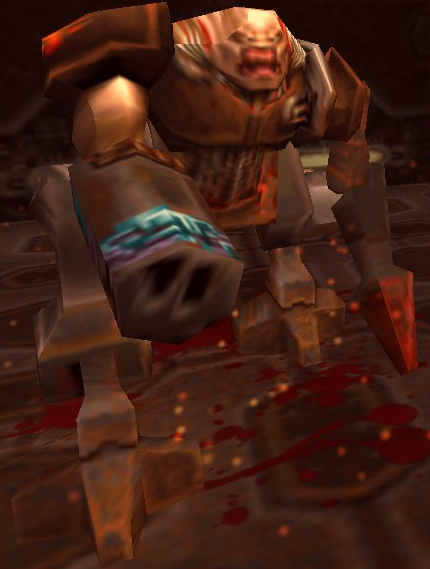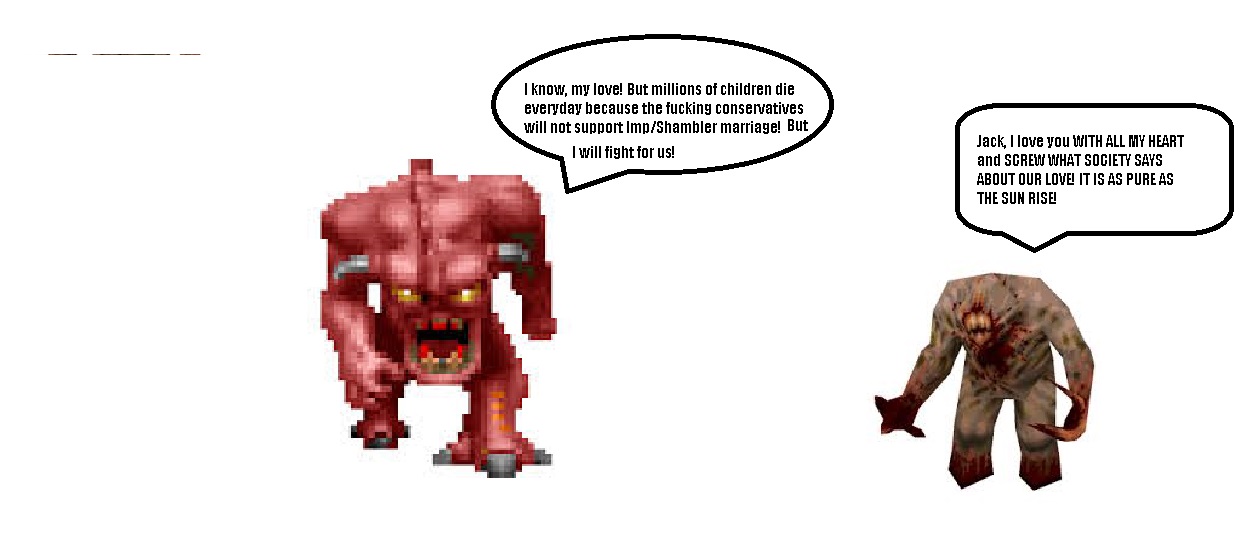

It's modelled after the Game Mod Arcane Dimensions, with Ranger going through many 2-to-3-level-long areas (the pack itself being nearly 16-level long) in order to collect pieces to unlock the way to defeat one of Quake's main generals once and for all. Episode 6: Dimension of the Machine, another addon, this time bundled with the 2021 remaster (see below).As a separate episode, it tells a linear story, and it's 8-level short. Episode 5: Dimension of the Past, a free, small Mission-Pack Sequel created by MachineGames in order to celebrate the game's 20th anniversary.The pack returns to the episodic storytelling of Quake with two straightforward episodes accounting for 16 levels, five "new" weapons (which are just variations of the Nailgun, Super Nailgun -both get Lava variations-, Grenade Launcher, Rocket Launcher -both get multi-projectile variations-, and the Thunderbolt -which gets an explosion-based Plasma Gun-). 2: Dissolution of Eternity by Rogue Entertainment, set after the events of Armagon, eschews all the additions of Armagon as well as secret levels, and takes place in a battle through time that sees Ranger going back and forth in order to finish the instigator of the whole series. Unlike Quake, its story is told in a linear fashion. The pack adds sixteen levels, three new weapons (the Mjolnir, the Laser Cannon and the Proximity Mine Launcher) and three new enemies (Centroid, Gremlin and Spike Mine) as well as the eponymous Final Boss. 1: Scourge of Armagon by Hipnotic Entertainment, set after the events of the game, saw Ranger coming back to Earth only to discover that once again one of Quake's generals have found a way to infiltrate into our world.

The game saw several addons expanding upon the story of the game and/or adding enemies, weapons and items: All of this put together has made Quake one of the longest-lived games ever made.
#Shambler quake code
Quake is also notable for jump-starting the phenomena of speedrunning and machinima ( Diary of a Camper).Ĭoming on the heels of Quake is QuakeWorld, a mod which contained basically the first networking code designed specifically to combat the types of lag caused by Internet play and pretty much created online gaming as we now know it. Built for modding, id freely distributed scripting, design and mapping tools that spawned a practically infinite stream of fanmade content (including, notably, Team Fortress, which went on to spawn two sequels).

The game's engine was renowned for its ability to create a fully polygonal three-dimensional world, populated with enemies and objects constructed using the same polygons and all animated smoothly, at a time when most games still used sprites in some fashion, such as for enemies or pickups. As id Software's follow-up to Doom, this game is another big step forward in their graphics capabilities.


 0 kommentar(er)
0 kommentar(er)
